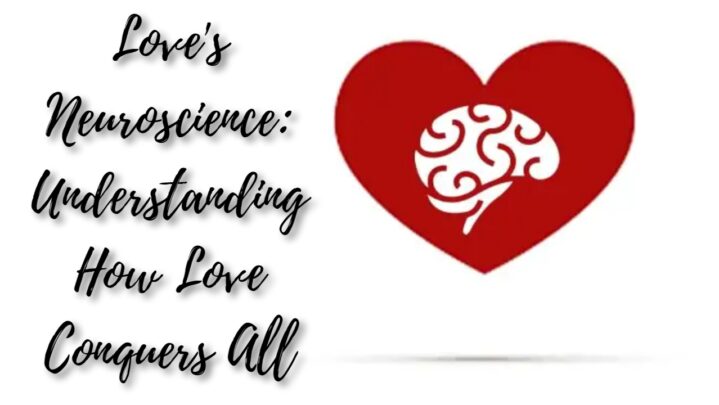Love is fundamentally a combination of chemical and neurological processes. When we fall in love, our brain produces a flow of hormones and neurotransmitters such as dopamine, oxytocin, and norepinephrine. These hormones cause emotions of pleasure, connection, and greater concentration on the loved one.
Dopamine, in particular, plays an important role in the brain’s reward system and is known as the “feel-good” hormone. It is triggered by enjoyable activities such as eating, sex, and social engagement. When we fall in love, the reward system of the brain is triggered, resulting in a surge of dopamine and other chemicals that provide a delightful, euphoric experience.
Oxytocin, popularly known as the “cuddle hormone,” is connected with attachment and bonding experiences. It is released during intimate times such as snuggling and physical touch, and it aids in the reinforcement of emotional bonds between lovers.
Norepinephrine, on the other hand, raises the heart rate, blood pressure, and concentration. This hormone is supposed to aid the brain’s attention on the loved one, heightening emotions of affection.
While biological processes play a crucial role in love, neural networks in the brain are also engaged. According to a recent study, the same brain areas that are active during drug addiction are also activated during the initial phases of passionate love. This implies that love and addiction may share brain pathways.
Also Read: Why Do We Harm Someone We Love?





